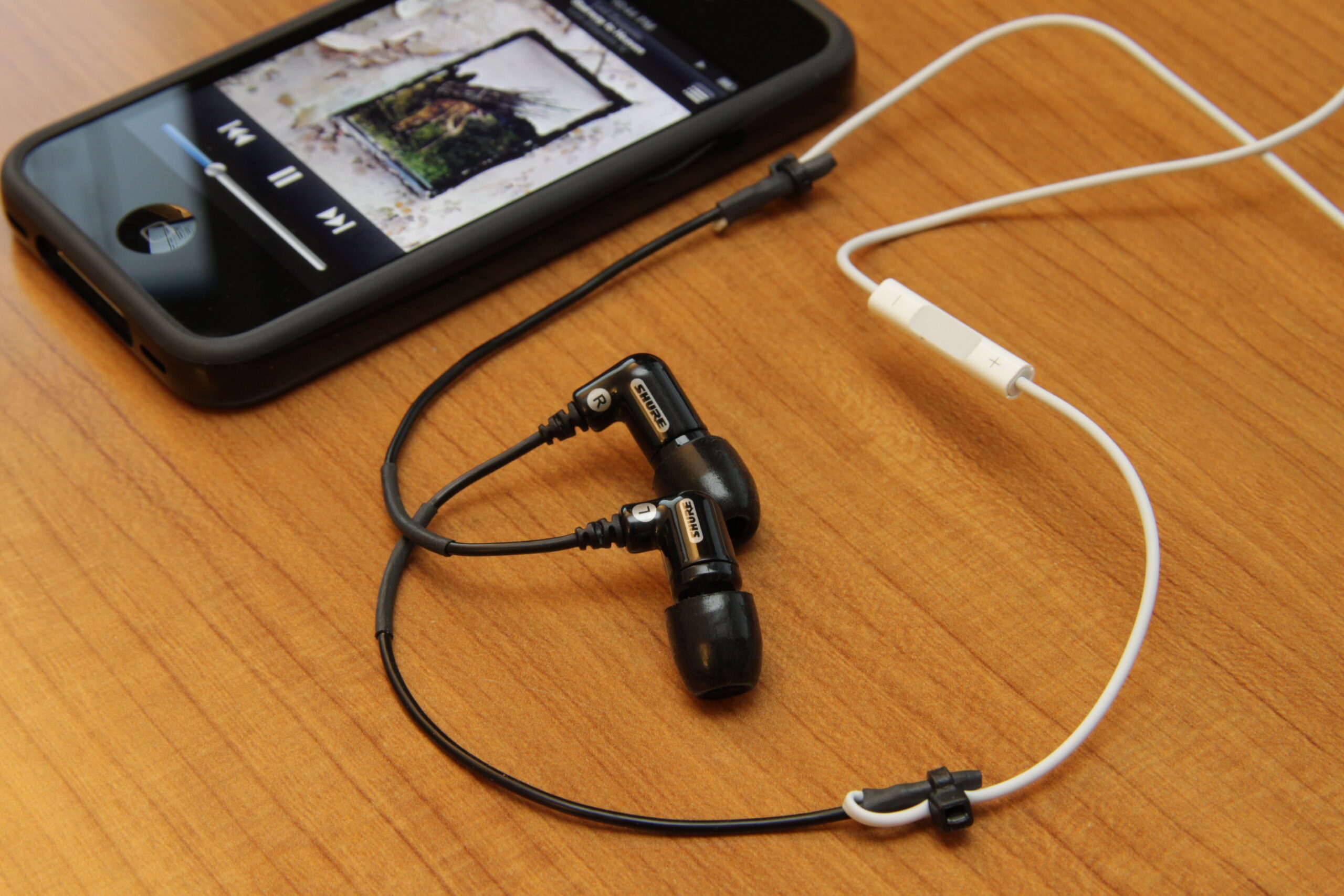Sound Without Source

Summary
This toolkit invites you to explore sound as a creative way of understanding the world. Through listening, recording, and arranging simple everyday sounds, you will discover how sound can shape emotion, atmosphere, and a sense of space without using any images. The activity encourages you to pay attention to small details in your environment and to think about listening as both an artistic and reflective practice. With only a phone and a free editing app, you will create a short 1–2 minute sound piece that expresses your personal experience of sound.
A short 20-minute activity where learners record everyday sounds and turn them into a simple sound artwork to explore how sound creates mood and space without images.
This toolkit is accessible for all learners. All steps are written clearly with simple visuals, and alternative options are provided for learners with hearing differences.
Tools Needed
A mobilephone with a recording function
Earphones (optional)
A free audio editing app (accessed through the QR code)
Paper or a digital notes app for writing reflections
Provided open sound files (optional, for accessibility)
Step 1 :Introduction (2 mins)
Sound can be art because it creates mood and space without images. In this activity, you will hear a short example first, then record your own everyday sounds to make a simple sound piece.
For learners with hearing differences: you may skip the example and use the provided open sound files.
Step 2 :Listening (3 mins)
Close your eyes and listen to nearby sounds.
Note 2–3 sounds you find interesting.
For hearing-impaired learners: observe the environment visually and choose 2–3 movements or objects that could make sound.
Step 3 :Recording (5 mins)
Use your phone to record 3–5 short everyday sounds.
For hearing-impaired learners: you may use the open sound files instead of recording.
Step 4 :Editing (7 mins)
Open the app from the QR code.
Learn one or two simple editing actions (cut, move, fade).
Combine your sounds into a 1–2 minute piece.
For hearing-impaired learners: edit mainly by looking at waveforms and arranging them visually.
Step 5 :Reflection & Sharing (3 mins)
Write a short reflection: “How did these sounds make you feel?”
Optional: upload your piece to the open sound gallery.
For hearing-impaired learners: reflect on the patterns you saw in the waveforms or how your piece changed when you moved the sound clips.
Learners will learn to notice small everyday sounds and understand how sound can change mood, feeling, and the sense of space. They will explore listening as a simple creative practice and see that art can come from ordinary life, not only from images.
<a href=”http://blogs.ed.ac.uk/opentoolkits/URL”>Sound Without Source</a> © 2025 by <a href=”https://example.com”>HAN WU</a> is licensed under <a href=”https://creativecommons.org/licenses/by/4.0/”>CC BY 4.0</a><img src=”https://mirrors.creativecommons.org/presskit/icons/cc.svg” alt=”” style=”max-width: 1em;max-height:1em;margin-left: .2em;”><img src=”https://mirrors.creativecommons.org/presskit/icons/by.svg” alt=”” style=”max-width: 1em;max-height:1em;margin-left: .2em;”>
(
"DIY: Shure Sound Isolating Earphone + iPhone 4 Earphone" by Yutaka Tsutano is licensed under CC BY 2.0 .


